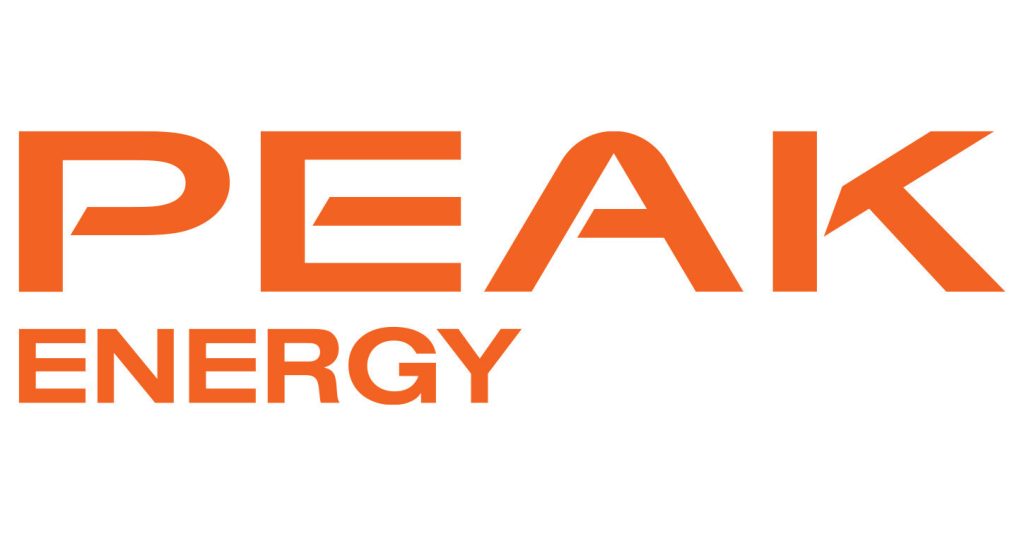
Peak Energy, a U.S.-based company developing low-cost, giga-scale energy storage technology for the grid, today announced the launch and shipment of its sodium-ion battery energy storage system (ESS) that delivers a patent-pending passive cooling design to dramatically reduce lifetime energy costs.
With this milestone, Peak Energy removes the root cause of 89% of reported battery storage system fires in the United States, as documented by the Electric Power Research Institute (EPRI). Cost-competitive with state of the industry products while offering dramatically lower operating and maintenance costs, Peak Energy’s product is the first ever fully passive megawatt-hour scale battery storage system, the largest sodium-ion phosphate pyrophosphate (NFPP) battery system in the world, and the first grid-scale sodium-ion storage solution ever deployed to the U.S. electric grid. Deploying the system in a shared pilot with nine leading utility and independent power producer (IPP) customers this summer, Peak Energy is fast-tracking its promise to onshore battery manufacturing.
With a design that eliminates all moving parts, including active cooling and ventilation components, Peak Energy’s NFPP grid storage battery architecture completely eliminates the most common failure modes in typical battery storage systems, dramatically increasing reliability and reducing operating and maintenance costs. Peak Energy’s NFPP grid storage system marks a landmark shift in America’s burgeoning energy storage business by capitalizing on the advantages of sodium-ion batteries to build a more reliable and lower-cost solution. Sodium-ion is poised to win the storage market as its chemistry allows operations at a wide range of hot and cold temperatures without requiring auxiliary cooling systems. This innovation is a first-of-its-kind development in grid-scale energy storage as incumbent lithium-ion technologies require active cooling and ventilation systems to preserve cell life and prevent fires. Passive cooling allows Peak Energy to offer massive lifetime cost-savings compared to current market-leading systems by eliminating several of the most-likely-to-break components in today’s grid storage products.
Peak’s grid-scale battery storage solution arrives at a decisive moment for the evolution of the American energy industry. Recent changes to federal policies have elevated the urgency to develop domestic energy supply chains and manufacturing capabilities. These policy forces, coupled with skyrocketing energy demand in the U.S., are proving battery storage to be essential for improving grid resilience and reducing energy costs. Incumbent solutions are complex, pose significant fire risks, and are more costly to build, operate, and maintain for grid applications. In addition to its performance benefits, sodium-ion presents the United States’ best opportunity to lead in battery chemistries due to the country’s natural advantage in raw materials. The United States holds the world’s largest reserves of soda ash, the mineral precursor to sodium-ion, and the full raw material supply chain for sodium-ion can be sourced domestically or from allied nations.
“We see energy storage not only as an economic imperative, but also as a national security priority. Time is of the essence if the U.S. wants to take ownership and maintain control of its energy future,” said Landon Mossburg, CEO and Co-Founder at Peak Energy. “We are committed to onshoring the manufacturing of this critical industry, and this launch proves our ability to execute quickly on our vision to establish the U.S. as a global leader in battery manufacturing.”
Peak Energy has conducted extensive performance testing of its ESS, where the results indicate record-level cost-savings and reliability for the industry. This includes:
At least $1 million in annual operational cost savings per gigawatt hour installed, representing up to 90% reduction in auxiliary power use
Approximately 20% in lifetime cost savings vs. LFP in an average deployment
33% reduction in battery degradation over a 20-year project lifespan
“This isn’t just another product launch – it’s a breakthrough in energy storage,” said Paul Durkee, VP of Engineering at Peak Energy. “We’ve taken a very stable chemistry and invested its benefits back into our passive cooling architecture. The system is dead-simple with no moving parts, no planned maintenance and negligible aux loads. It’s the lowest total-cost grid storage technology to be deployed anywhere in the world. I’m incredibly proud of the creativity and grit our team has shown in bringing our vision to life.”
Peak Energy’s pilot marks a significant first step in commercializing sodium-ion battery storage in the United States and unlocks nearly 1GWh of future commercial contracts currently under negotiation. Following the pilot, Peak Energy will deploy several hundred megawatt hours of commercial-scale storage products to serve multiple IPP and hyperscaler partners over the next two years, with further announcements anticipated this fall. Peak Energy is on track to fulfill its commitment to develop grid scale battery supply chains, with its first U.S. cell factory under development and planned to start production in 2026. This news comes just one year after Peak raised its $55M Series A and less than two years since launching from stealth in 2023.
prnewswire.com

